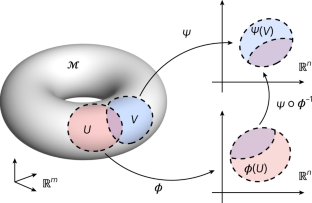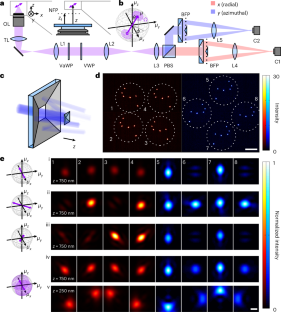鉄の一種である鉄酸鉄(フェレート)が光にさらされると起こる化学反応について新たな知見が得られ、水処理システムへの応用が広がる可能性があります。 New details about the chemical reaction that occurs when a form of iron called ferrate is exposed to light could broaden its application in water treatment systems.
2022-12-08 ロードアイランド大学(URI)
鉄酸鉄(フェレート)単体でも、かなり強い酸化剤です。しかし、光によって励起されると、さらに強力な酸化剤である鉄(V)(または鉄-5+)が生成される。しかし、この新しい研究以前は、鉄(V)を生成するためにどれくらいのエネルギーが必要で、どれくらいの量を生成できるかはわかっていなかった。
研究者は、超高速レーザーパルスを用いた光化学反応を調べる過渡吸収分光法(TAS)を用いて実験を行った。これは、超高速レーザーパルスを用いて光化学反応を調べる手法である。最初のパルスで反応を開始し、その後のパルスで反応段階を調べながら、反応を進めていく。パルスの速度は数千兆分の1秒であるため、寿命の短い反応生成物も詳細に記録することができる。
研究者は、URIの施設を使って、紫外線と可視光線のパルスを使った実験を行った。また、エネルギー省の学生研究プログラムの一環として、シカゴにあるアルゴンヌ国立研究所の先端光子源で、X線を用いた同様の実験も行った。
その結果、フェレートから反応性の高いFe(V)への変換率は約15%であることがわかった。これは、オゾン浄化システムのラジカル生成量とほぼ同じである。この研究では、より反応性の高い鉄種を生成するために必要な光の種類に関しても、驚くべき結果が得られた。研究チームは、紫外線から可視光線までの幅広い波長の光で、鉄(V)を生成できることを発見した。この発見が重要な理由は2つある、と研究者らは言う。可視光は、紫外線に比べて生成に必要なエネルギーが少ないため、これまで考えられていたよりも、鉄の励起に必要なエネルギー効率が高くなる可能性がある。さらに、可視光は濁った水中では散乱しにくいので、さまざまな水の状態で鉄(V)を生成できる可能性がある。
<関連情報>
- https://www.uri.edu/news/2022/12/researchers-shed-laser-light-on-emerging-water-treatment-technique/
- https://pubs.acs.org/doi/full/10.1021/jacs.2c08048
水溶性鉄(VI)イオンの光化学反応と光物理学的ダイナミクス Photochemical and Photophysical Dynamics of the Aqueous Ferrate(VI) Ion
Cali Antolini, Charles D. Spellman Jr., Christopher J. Otolski, Gilles Doumy, Anne Marie March, Donald A. Walko, Cunming Liu, Xiaoyi Zhang, Benjamin T. Young, Joseph E. Goodwill, and Dugan Hayes
Journal of the American Chemical Society Published:December 1, 2022
DOI:https://doi.org/10.1021/jacs.2c08048

Abstract
Ferrate(VI) has the potential to play a key role in future water supplies. Its salts have been suggested as “green” alternatives to current advanced oxidation and disinfection methods in water treatment, especially when combined with ultraviolet light to stimulate generation of highly oxidizing Fe(V) and Fe(IV) species. However, the nature of these intermediates, the mechanisms by which they form, and their roles in downstream oxidation reactions remain unclear. Here, we use a combination of optical and X-ray transient absorption spectroscopies to study the formation, interconversion, and relaxation of several excited-state and metastable high-valent iron species following excitation of aqueous potassium ferrate(VI) by ultraviolet and visible light. Branching from the initially populated ligand-to-metal charge transfer state into independent photophysical and photochemical pathways occurs within tens of picoseconds, with the quantum yield for the generation of reactive Fe(V) species determined by relative rates of the competing intersystem crossing and reverse electron transfer processes. Relaxation of the metal-centered states then occurs within 4 ns, while the formation of metastable Fe(V) species occurs in several steps with time constants of 250 ps and 300 ns. Results here improve the mechanistic understanding of the formation and fate of Fe(V) and Fe(IV), which will accelerate the development of novel advanced oxidation processes for water treatment applications.



